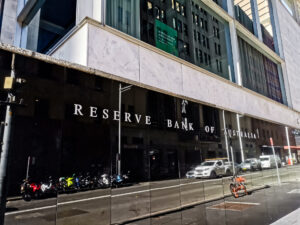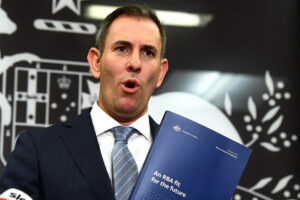Latest figures show workers continue to be the victims, not causes of inflation
The latest data of enterprise agreements shows just how necessary were the changes to the bargaining system made last year, as the number of workers covered by EBA’s remains low.
The latest Trends in Federal Enterprise Agreements show that workers still have a long way to go to regain the lost value of their wages.
The average annual wage growth in enterprise agreements approved in the June quarter this year was 3.8%, up just 0.1%pt from the 3.7% average growth of agreements approved in January, February and March. The increase was all due to the public sector, which saw a jump from 3.2% to 3.7%, while the average growth among private sector agreements remained steady at 3.9%.
Once again the figures demonstrate that there has been no wage breakout, and that when you consider the average wage growth of all current agreements is just 2.8%, most workers are still seeing their living standards decline.
The changes to industrial relations in the Fair Work Amendment (Secure Jobs, Better Pay) Act that was enacted last year, which included new rules regarding notice of expired Enterprise agreements and compulsion on employers to bargain, and the expansion of multi-employer bargaining only came into effect in early June and thus have no significant impact on these latest figures.
The data also reveals just how necessary were the reforms to the bargaining system. In the June quarter, there were just 938 agreements approved – among the lowest in the past 25 years. We know that the number of agreements and the number of employees covered by agreements is positively associated with stronger wage growth. The reason business groups have railed against the changes in the Secure Jobs, Better Pay Act is not that they believe it will affect output or productivity, but that it will see workers with more power to negotiate for a fairer outcomes.
The latest figures demonstrate that not only have workers not been the cause of inflation over the past two years, but even now as they attempt to recover some of the lost value of their wages due to the profit-led inflation since the start of 2022 they continue to receive wage growth that is consistent with inflation within the Reserve Bank’s target range. The data gives just more evidence to the Reserve Bank that they should not raise interest rates next week and they should cease spreading any concerns about blaming workers for keeping prices rising
Between the Lines Newsletter
The biggest stories and the best analysis from the team at the Australia Institute, delivered to your inbox every fortnight.
You might also like
When targeting inflation, the RBA misses more often than it hits
With the fight against high inflation now over, will the Reserve Bank fail to learn the lessons of the past and allow inflation to fall below 2%?
Fearful and frozen: Why the Reserve Bank continues to err on rates
The RBA’s failures have real consequences. It should go back and closely reread the recommendations of the RBA review, particularly the ones that encourage it to open up to new and diverse viewpoints.
Another hold likely. So, what was the point of the RBA review?
Will the RBA cut interest rates tomorrow? Probably not. It’s Groundhog Day and they’re locked into repeatedly making to same mistake over and over again. A mistake that the recent RBA review criticised them for making just before the pandemic.


